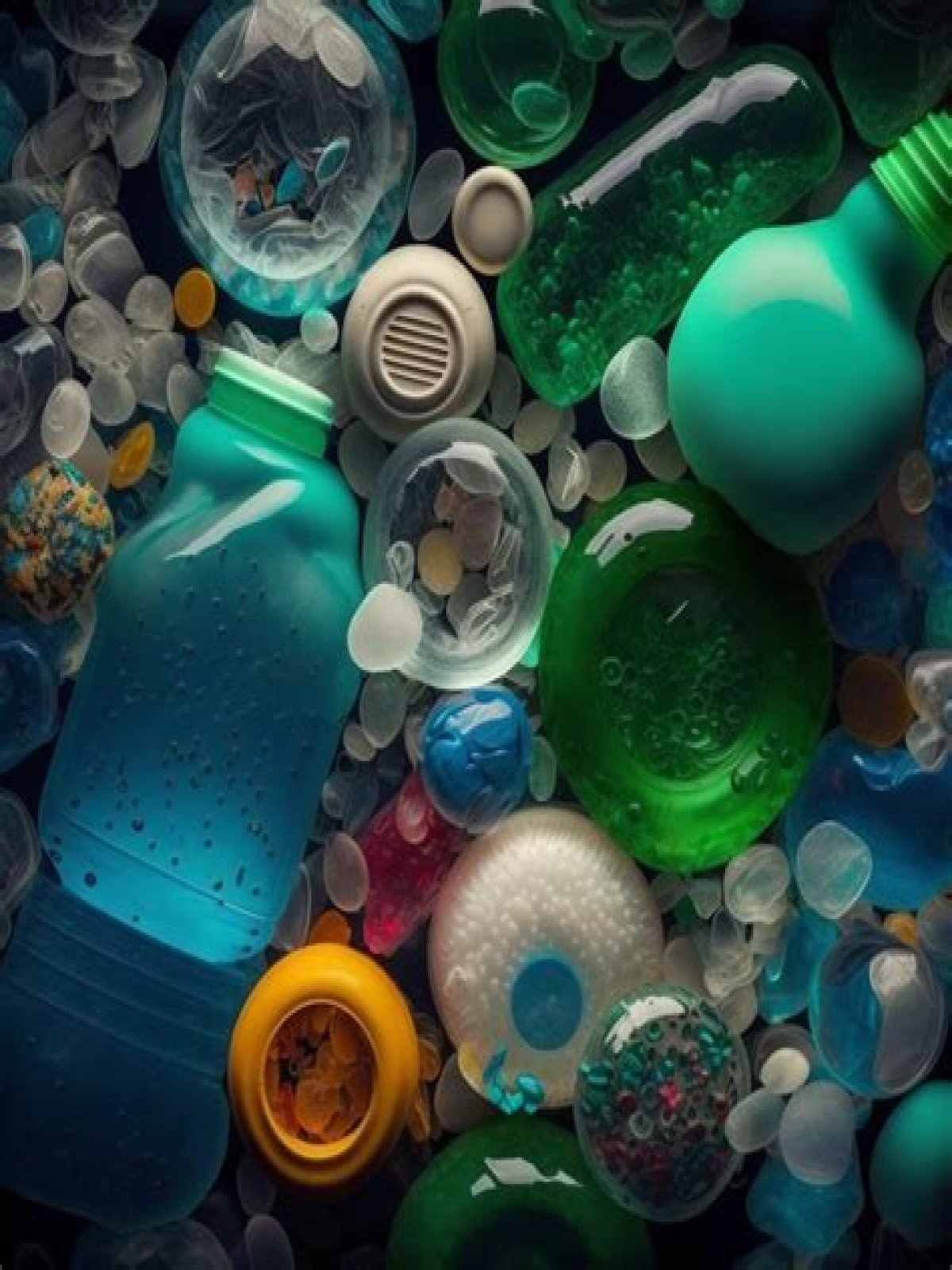GMO corn
Genetically modified maize (corn) is a genetically modified crop. Specific maize strains have been genetically engineered to express agriculturally-desirable traits, including resistance to pests and to herbicides.
› wiki › Genetically_modified_maize
Table of Contents
- Is PLA plastic non toxic?
- Is PLA vegan friendly?
- Is PLA a green plastic?
- Is PLA actually biodegradable?
- The Truth About GMOs
- Is PLA food safe?
- Is PLA ethical?
- Why is PLA eco-friendly?
- Does PLA contain BPA?
- Will PLA biodegrade in a landfill?
- Does PLA biodegrade in the ocean?
- Can PLA be recycled?
- Is PLA plastic free?
- Is PLA cancerous?
- Is PLA poisonous to humans?
- Is PLA printing toxic?
- Is 3D printer filament Food Safe?
- Are there phthalates in PLA?
- Does PLA become Microplastic?
- Is PLA natural or synthetic?
- Are PLA tea bags safe?
- Is PLA baby safe?
- Is PLA food safe for cookie cutters?
- What is PLA made of?
- Is PLA made from corn?
Is PLA plastic non toxic?
Is PLA toxic? In solid form, no. In fact, Polylactic Acid (PLA) is biodegradable. It is often used in food handling and medical implants that biodegrade within the body over time.Is PLA vegan friendly?
Despite being compostable within just 90 days in a commercial facility, PLA shouldn't be left exposed to animals. For PLA to be truly vegan-friendly, it should be processed after use at a dedicated facility and kept away from plant and animal life.Is PLA a green plastic?
Poly (lactic acid) (PLA) is one of the most versatile environment- friendly biodegradable thermoplastic polyester. It is linear aliphatic thermoplastic polyester derived from 100% green and renewable sources such as corn (Figure 1).Is PLA actually biodegradable?
Contrary to the belief often associated with materials that are considered biodegradable, PLA can take hundreds of years to degrade in an environment like a composter or a landfill. Indeed, just leaving a PLA part outside for years is unlikely to have any effect on its plastic composition.The Truth About GMOs
Is PLA food safe?
PLA is a 3D printing material that is safe for food contact. With plastic injection molding, this material is used to make packaging.Is PLA ethical?
Overall, it can be said that PLA is somewhat more sustainable than plastic from fossil fuels due to its production from renewable raw materials and the possibility of biodegradation. But it is and remains plastic that pollutes nature and the seas and it's therefore important as with all plastic you use, to recycle it.Why is PLA eco-friendly?
PLA is biodegradable under commercial composting conditions and will breakdown within twelve weeks, making it a more environmentally choice when it comes to plastics in contrast to traditional plastics which could take centuries to decompose and end up creating microplastics.Does PLA contain BPA?
PLA (polymer polylactide) is a plastic made from plants (usually corn or sugarcane) that is also labeled with a 7. PLA plastics don't contain BPA; no safety concerns have been raised about using PLA plastic with food.Will PLA biodegrade in a landfill?
Only when sent to industrial composting facilities, it is essential that PLA plastics be heated to 140 degrees fahrenheit and exposed to special digestive microbes so that they can biodegrade.Does PLA biodegrade in the ocean?
PLA biodegrades according to ASTM standards under industrial compost conditions but not in marine water.Can PLA be recycled?
In addition to being recyclable, PLA 3D printer filaments are also biodegradable. Since PLA is made from plant-based materials derived from crops like corn, it is eventually broken down by microorganisms into carbon emissions.Is PLA plastic free?
Is PLA a plastic? PLA is still a plastic. Though some PLA packaging labels have been known to state 'plastic-free', it is still technically a plastic. This is also true of many of the other compostable packaging materials like those made from cellulose.Is PLA cancerous?
ABS emitted styrene – a chemical that is both toxic and carcinogenic. Other materials based on nylon gave off caprolactam particles, which are linked with other non-life threatening health problems. The PLA filament emitted a benign chemical named lactide.Is PLA poisonous to humans?
"The toxicity tests showed that PLA particles were more toxic than the ABS particles on a per-particle comparison, but because the printers emitted so much more of the ABS — it's the ABS emissions that end up being more of the concern," said Rodney Weber, a professor in Georgia Tech's School of Earth & Atmospheric ...Is PLA printing toxic?
PLA filament fumesWhen you melt PLA filament, it releases Lactide into the atmosphere. This is a non-toxic chemical, however, and is relatively safe to be around. PLA is a low emitter of VOCs and UFPs as compared to other 3D printing filaments.
